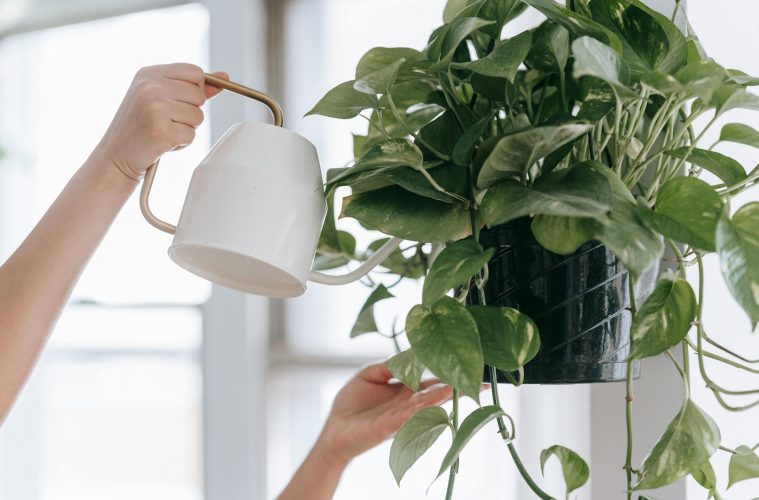Ornamental plants bring ambiance and life to a home. These verdant companions offer a multitude of benefits, from improving air quality to boosting mood and productivity. Let’s delve into the world of ornamental house plants and discover how they can transform your living space into a green haven.
A breath of fresh air
Ornamental house plants are more than pretty green decor. Many of them have air-purifying properties, filtering out toxins and releasing oxygen. NASA’s Clean Air Study highlights several plants that excel in improving indoor air quality, including the Spider Plant (Chlorophytum comosum), Peace Lily (Spathiphyllum), and Snake Plant (Sansevieria trifasciata). Incorporating these plants into your home can lead to a healthier living environment, reducing pollutants such as benzene, formaldehyde, and trichloroethylene.
Aesthetic appeal
The aesthetic appeal of ornamental house plants is undeniable. From the lush, cascading vines of the Pothos to the architectural elegance of the Monstera Deliciosa, these plants can complement any interior style. Whether you prefer a minimalist, Scandinavian look or a bohemian, eclectic vibe, there’s a plant to suit your taste. The vibrant greens and varied textures add depth and interest to any room, making your home feel more welcoming and alive.
Psychological benefits
Beyond their physical beauty, house plants also offer significant psychological benefits. Studies have shown that being around plants can reduce stress and anxiety, improve mood, and enhance concentration and creativity. The act of caring for plants (watering, pruning, and nurturing) provides a sense of purpose and accomplishment. For those working from home, a desk adorned with greenery can boost productivity and focus, turning a mundane workspace into an inspiring environment.

Image credit: Pixabay
Easy care tips
One of the reasons houseplants are so popular is their relative ease of care. Here are a few tips to keep your plants thriving:
1. Light: Most house plants thrive in bright, indirect light. However, some, like the Snake Plant and ZZ Plant (Zamioculcas zamiifolia), are more tolerant of low light conditions.
2. Water: Overwatering is a common mistake. Allow the soil to dry out between waterings for most plants. Succulents and cacti need even less water, thriving in dry conditions.
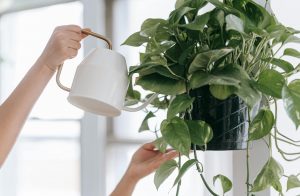
Image credit: Pexels
3. Soil and potting: Use well-draining soil and pots with drainage holes to prevent root rot. Repot your plants every year or two to give them room to grow.
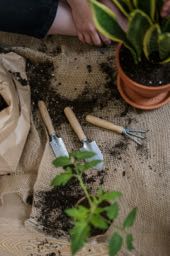
Image credit: Pexels
4. Humidity: Many house plants originate from tropical regions and appreciate higher humidity. Regular misting or placing a humidifier nearby can help.
5. Fertilising: During the growing season (spring and summer), feed your plants with a balanced liquid fertiliser every month. Reduce feeding in the fall and winter when growth slows.
Popular choices
If you’re new to the world of house plants, here are some popular and beginner-friendly options to consider:
- Spider plant (Chlorophytum capense): The Spider Plant, also known by several names such as Ribbon Plant, Hen and Chickens, and Spider Ivy, is a perennial herb belonging to the Asparagaceae family. Native to tropical and southern Africa, this evergreen flowering plant has naturalised in regions around the world, including Western Australia and Bangladesh. The Spider Plant is cherished for its ease of care and air-purifying qualities. Its distinctive spider-like appearance has earned it the common name of Spider Plant or Common Spider Plant. While it is resilient and easy to grow as a houseplant, it can be sensitive to fluoride in tap water, which may cause “burnt tips” on its leaves.
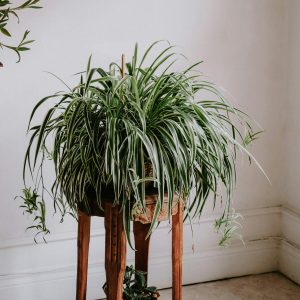
Image credit: Pexels
- Snake plant (Sansevieria trifasciata): The Snake Plant, also known as Dracaena trifasciata, is a striking houseplant and an architectural display, thanks to its sword-like leaves with bold striping patterns that catch the eye. Native to tropical West Africa, from Nigeria to the Congo, this species belongs to the Asparagaceae family. It is commonly known by various names, including Saint George’s sword, mother-in-law’s tongue, and viper’s bowstring hemp. The Snake Plant is popular as a houseplant due to its low-maintenance nature, thriving in low light and requiring infrequent watering.
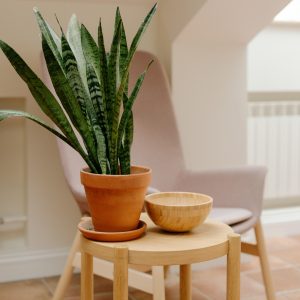
Image credit: Pexels
- Golden Pothos (Epipremnum aureum): The golden pothos is a popular houseplant commonly seen in Australia, Asia, and the West Indies. Known by many nicknames, including Devil’s Ivy, it is hard to kill and can thrive in low light conditions. Golden pothos has poisonous sap, so it should be kept away from pets and children. This plant is prized for its variegated green and yellow leaves, and its trailing tendrils make it suitable as ground cover, an understory plant, or a hanging plant. Hardy and versatile, the golden pothos features beautiful trailing vines that add a touch of elegance to any space.
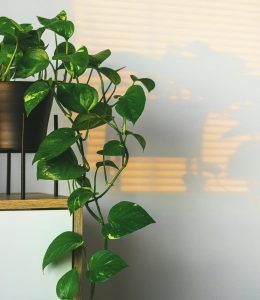
Image credit: Pexels
- Monstera Deliciosa: Monstera deliciosa ‘Thai Constellation’ is so-named because it is supplied worldwide by a single Thai laboratory. This expensive and highly valued hybrid is special due to its two-toned green leaves adorned with a constellation of white spatters and markings, unlike its parent plant, which has plain green leaves. It derives from the Araceae family, Monstera deliciosa is iconic for its large, split leaves that add a tropical touch to any room. Commonly known as the Swiss cheese plant or split-leaf philodendron, this species of flowering plant is native to the tropical forests of southern Mexico, extending south to Panama.
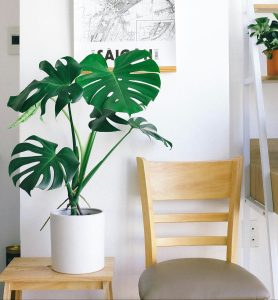
Image credit: Pexels
- Peace Lily (Spathiphyllum): The peace lily, native to Mexico and belonging to the Spathiphyllum family, is commonly cultivated as both an indoor and outdoor ornamental houseplant. Its striking flowers make it a beautiful focal point, bringing an air of pure serenity to any home. In outdoor gardens, it serves well as a shaded border plant, thriving best without direct sunlight. Known for its elegant white flowers and excellent air-purifying qualities, the peace lily is a versatile and graceful addition to any space.

Image credit: Pexels
Ornamental house plants are more than just decorative elements; they are living, breathing companions that enrich our lives in numerous ways. Whether you’re looking to improve your home’s air quality, enhance its aesthetic appeal, or simply bring a touch of nature indoors, house plants are the perfect solution. So, go ahead and create your own green haven—your mind, body, and home will thank you.
AlSO SEE:

